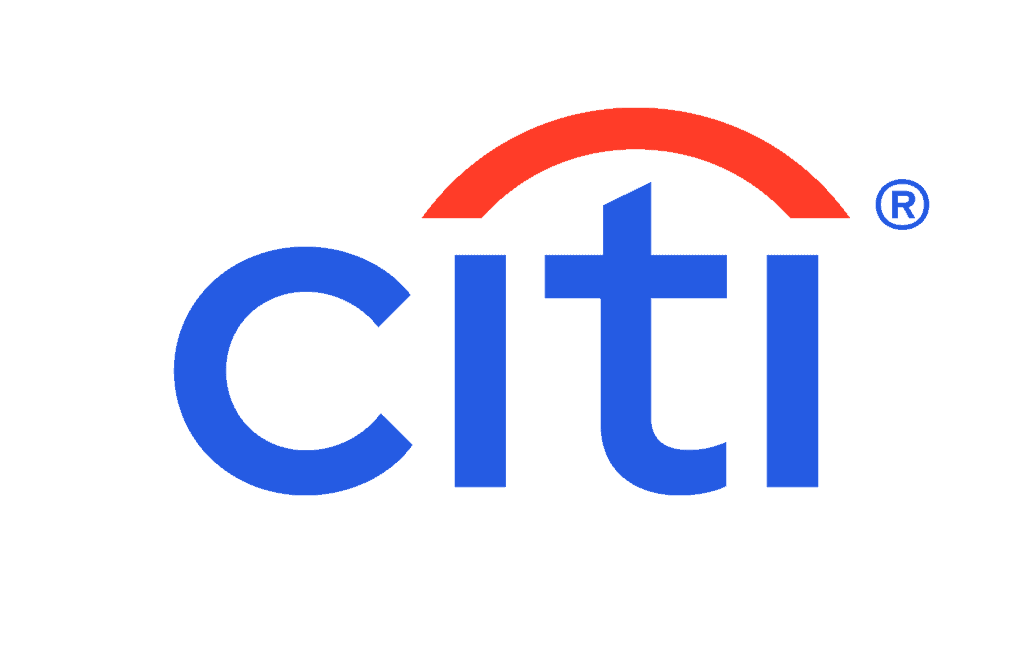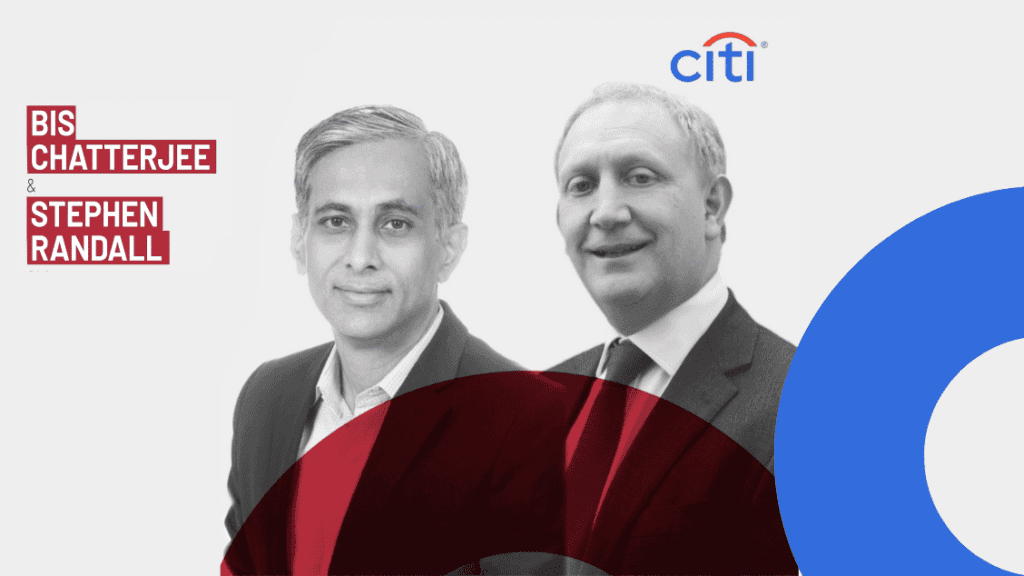Speaking on the sidelines of Sibos 2025, Citi’s Bis Chatterjee and Stephen Randall tell Global Finance’s technology and transaction banking editor Gilly Wright how the bank is helping businesses manage their liquidity needs by using blockchain technology to modernize legacy systems.
Liquidity is once again in the spotlight for organizations around the world. The results of the Association for Financial Professionals’ 2025 Liquidity Survey reflect this trend. Behind “security” as the main short-term investment objective, “liquidity” comes in second place, according to 35% of respondents, an increase of 5% compared to 2024.
New liquidity needs
According to Stephen Randall, global head of liquidity management services, treasury and commerce solutions at Citi, the goal for corporate treasurers is to be more efficient. “We continue to invest in solutions that enable customers to streamline their bank accounts to efficiently move cash within their organization. »
Citi Token Services (CTS) is a good example. It leverages blockchain technology to enable near-instant, 24/7 cross-border payments and liquidity management for corporate and institutional clients.
The focus is on providing an improved service. Rather than burdening organizations with the task of implementing the new technology, Citi allows them to connect to it directly through its online banking platform or an application programming interface (API).
“Without having to open new accounts, go through KYC onboarding, or integrate new technologies, our customers can now seamlessly benefit from these tokenization and blockchain network capabilities. »
Kiss Chatterjeehead of partnerships and innovation, services, at Citi
Innovation in motion
Addressing the liquidity challenge via blockchain also reflects a broader trend among banking partners to improve and upgrade existing systems to support businesses’ transition to seamless liquidity management and payment when transacting 24/7 via e-commerce platforms.
As a result, Chatterjee expects solutions such as Citi Token Services to grow rapidly. “Blockchain technology and digital assets meet the crypto needs of our asset management clients and our fixed income and securities clients.”
Citi Token Services further provides accounting simplicity for corporate treasury teams, Randall added, by treating tokenized deposits the same as any normal deposit.
The next step on Citi’s agenda is to expand Citi Token Services to add more branches and create a wider geographic network, then offer a wider range of currencies.
After that, Chatterjee said Citi would look to add a 24/7 dimension to other services in its ecosystem, such as settlement and custody. “The technology we used behind Citi Token Services allows us to explore these other areas without making many changes.”
Making real time a reality
At the same time, Citi is focused on providing cash management solutions to meet real-time demands as clients strive to future-proof the way they manage their cash.
It also builds on a more traditional approach to improving liquidity for customers, freely and instantly between accounts, whenever they want or need it. “When they make payments in one jurisdiction, they are able to fund that account in real time from another account,” Randall explained.





